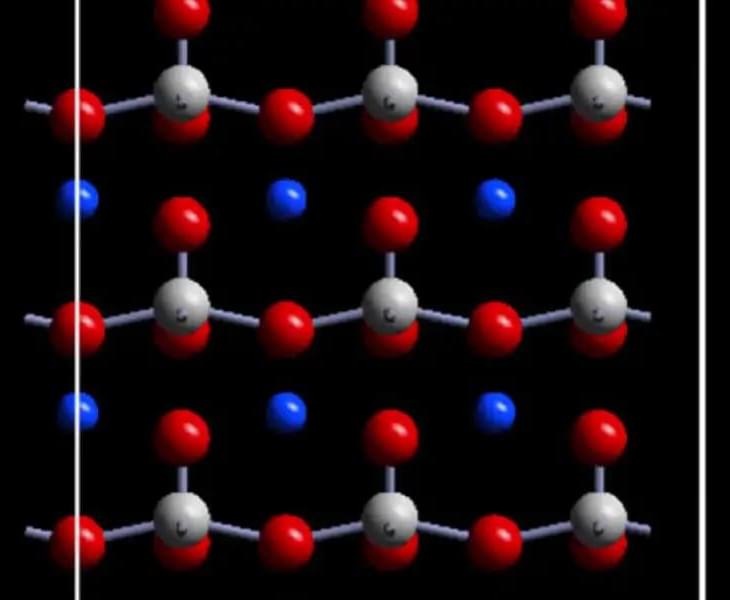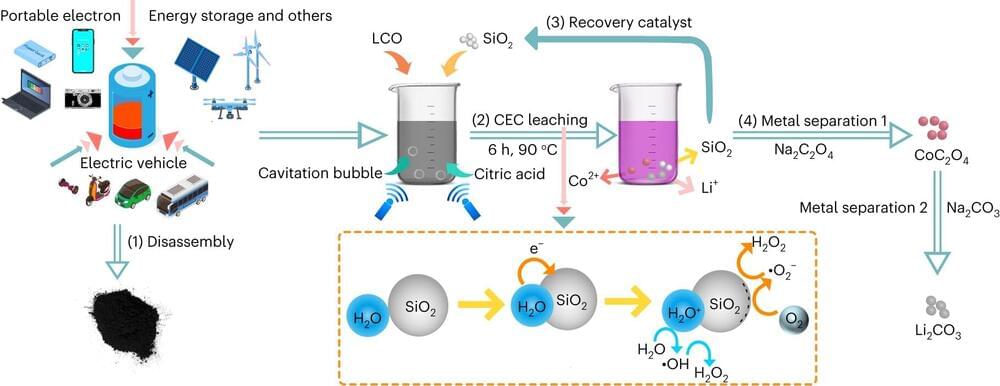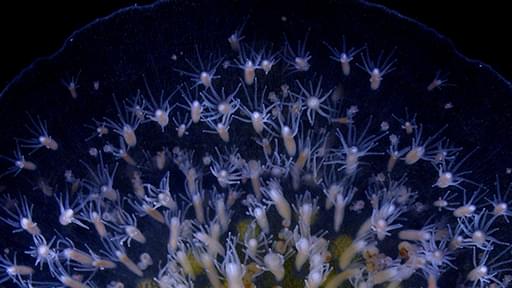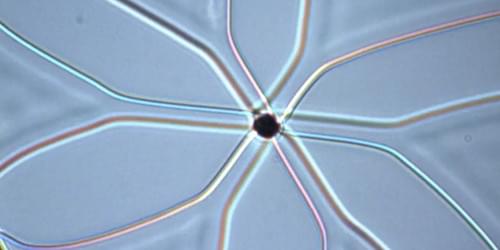Sep 23, 2023
Groundbreaking Study Uncovers Origin of “Conscious Awareness”
Posted by Saúl Morales Rodriguéz in category: climatology
Living things act with purpose. But where does purpose come from? How do humans make sense of their relation to the world and realize their ability to effect change? These fundamental questions of agency – acting with purpose – have perplexed some of the greatest minds in history including Sir Isaac Newton, Charles Darwin, Erwin Schrödinger, and Niels Bohr.
New research from Florida Atlantic University reveals groundbreaking insight into the origins of agency using an unusual and largely untapped source – human babies. Since goal-directed action appears in the first months of human life, the FAU research team used young infants as a test field to understand how spontaneous movement transforms into purposeful action.
For the study, infants began the experiment as disconnected observers. However, when researchers tethered one of the infants’ feet to a crib-mounted baby mobile, infants discovered they could make the mobile move. To catch this moment of realization like lightning in a bottle, researchers measured infant and mobile movement in 3D space using cutting-edge motion capture technology to uncover dynamic and coordinative features marking the “birth of agency.”


















